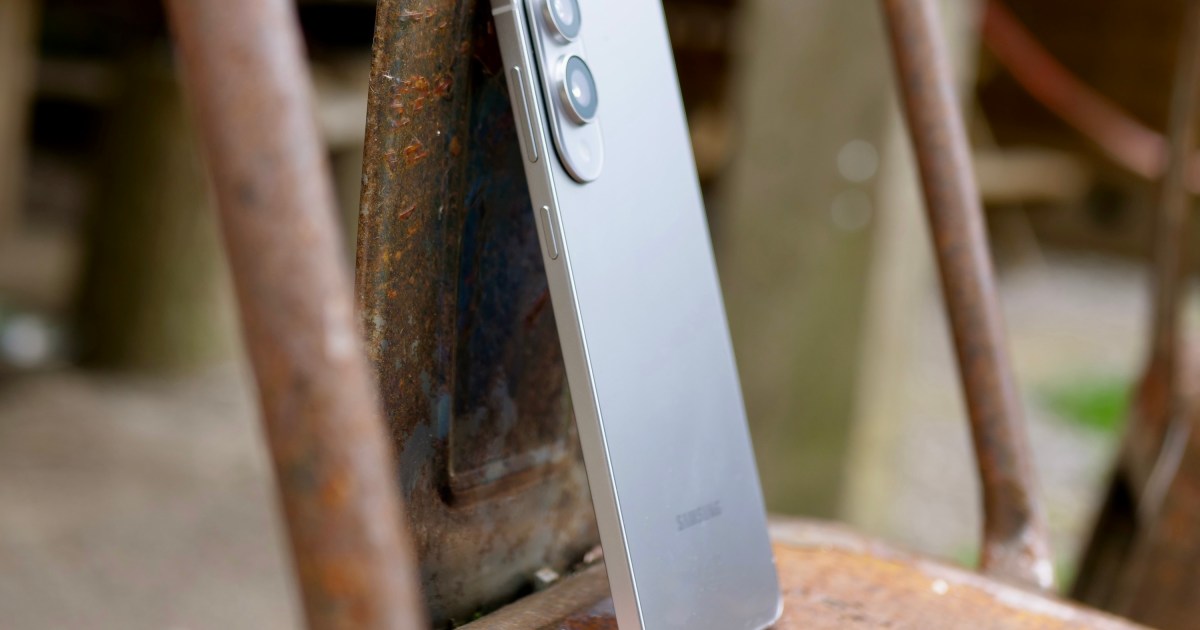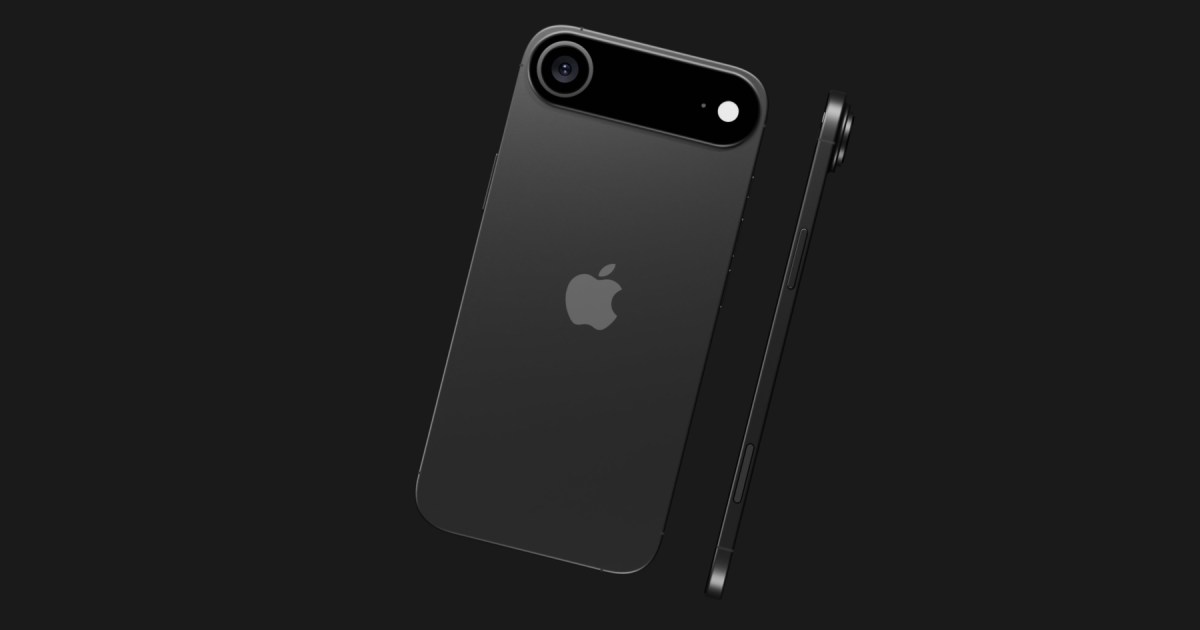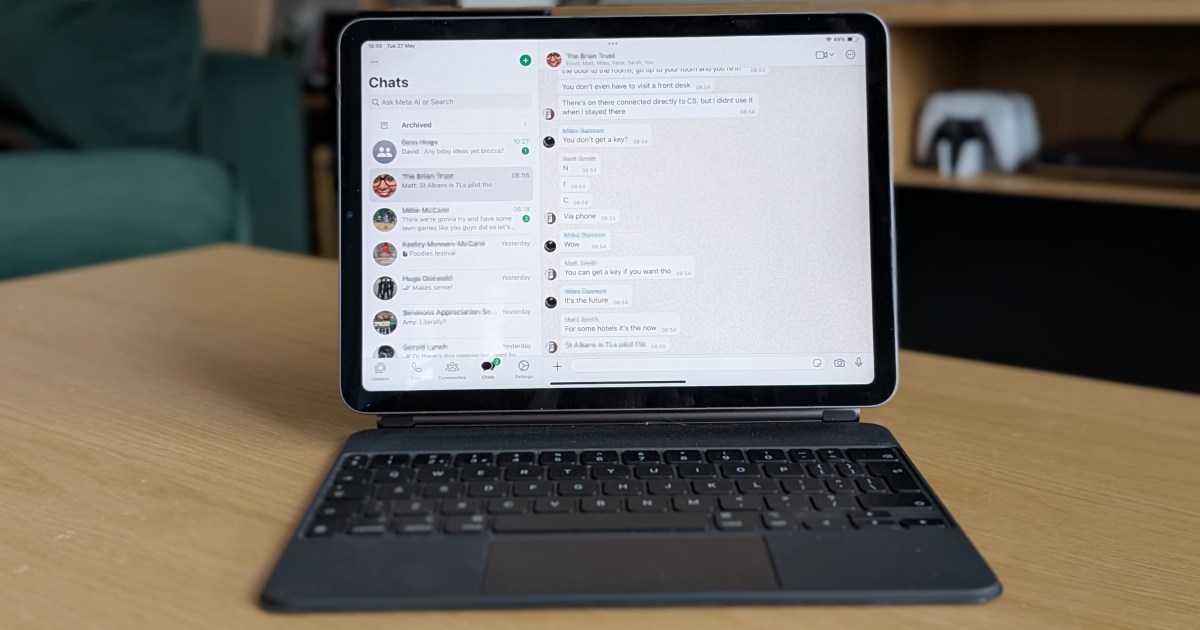Watching the Google I/O 2025 keynote, several product demonstrations particularly resonated with me, not merely for their technical brilliance and excitement, but because they represented a stark contrast to anything Apple would likely showcase in a public presentation. This reignited a familiar internal debate: which philosophy do I prefer? Is it Google’s audacious “moonshots,” which may or may not materialize as useful, purchasable products, or Apple’s meticulously considered demos, firmly grounded in real-world applications and tangible benefits? The different Google vs Apple product strategy approaches leave many tech enthusiasts, including myself, in a fascinating state of contemplation.
The Allure of Google’s “Beam Me Up” Futurism
https://www.youtube.com/watch?v=NGPyOHKWLFQ[/embed]
The demonstration that most vividly sparked this internal struggle was Google Beam. For those who missed it, Beam is an “AI-first video communication platform,” an evolution of Google’s Project Starline. At I/O, Google unveiled the hardware developed for Beam: a combination of cameras and sensors integrated into a large television. This setup, powered by cloud-based AI algorithms, generates a 3D representation of the person on the other end of your call.
Designed for businesses, the full 3D effect is likely challenging to appreciate on video, yet this hardly mattered. Its futuristic, slightly audacious, and utterly compelling nature made me eager to experience it. Video calls have been a staple for me for years, and while functional, they don’t replicate the presence of being in the same room. Google Beam feels like a product plucked from the future, a step closer to Star Wars-esque holograms and Star Trek-like Holo Decks, which is precisely why the concept captivates me. Google proudly showcased it, but since I can’t purchase or even use it yet, it remains a “look what we can do” tech showcase, albeit an impressive one.
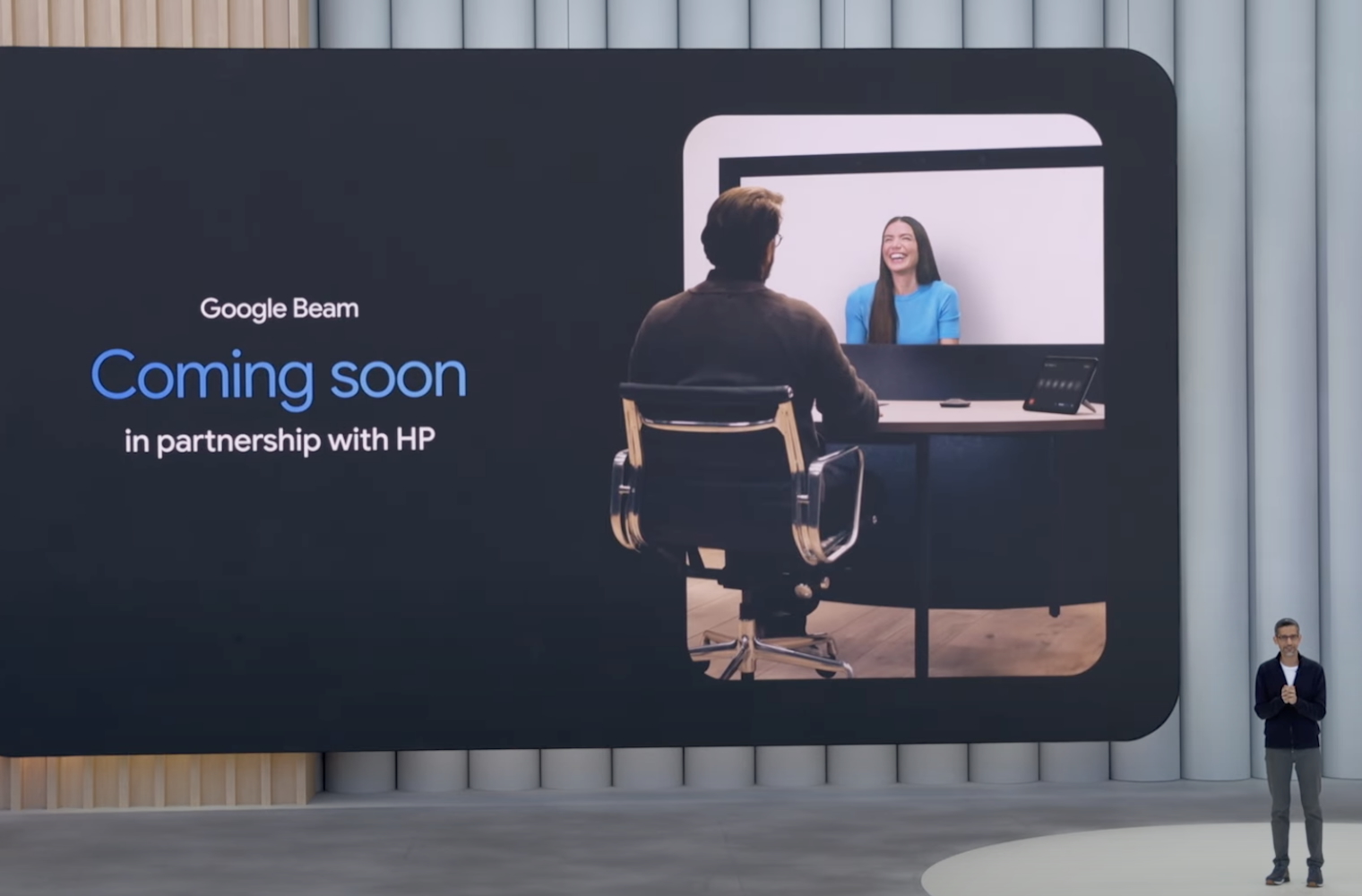 Google Beam AI video communication platform showcased at Google I/O 2025 keynote.
Google Beam AI video communication platform showcased at Google I/O 2025 keynote.
I find it difficult to imagine Apple ever presenting a product as visually raw as Google Beam, with its prominent bezels concealing cameras, sensor arrays, and a massive, room-dominating screen. Google has previously shown Beam as Project Starline, a move Apple would unlikely make with a new product. However, an Apple equivalent to Beam (if one were to exist) would almost certainly target consumers, and its unveiling would likely include a release date and price. Unless I begin working for one of the companies Google and its Beam partner HP are collaborating with, I may never encounter it firsthand. Furthermore, considering Google’s history of abandoning projects, it wouldn’t be surprising if Beam never expanded beyond its initial corporate partners, let alone to consumers. Yet, strangely, this doesn’t diminish my enthusiasm; I’m content simply knowing such experimental tech exists.
Apple’s Calculated Path: Certainty in a World of Prototypes
The concept behind Google Beam seems ripe for Apple to adapt using the iPhone’s cameras and LiDAR, Apple TV, and FaceTime. Is Apple working on something similar? I’ll likely never know until the company decides to reveal it. If a comparable project doesn’t progress beyond the prototype stage, it will almost certainly remain a secret. Apple’s mystique is part of its allure, but so is Google’s willingness to share its tech innovation ideas.
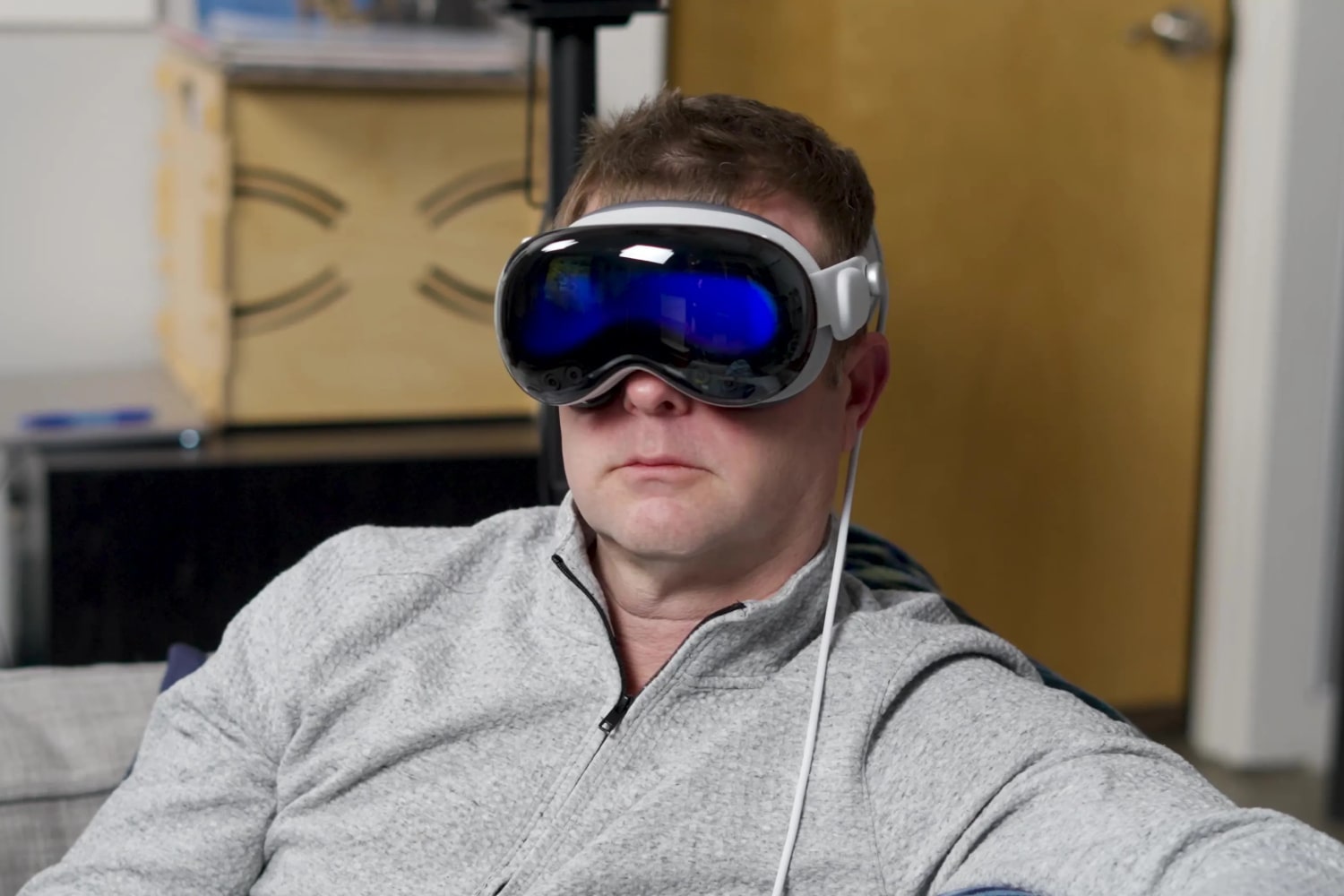 Man experiencing immersive technology with an Apple Vision Pro headset.
Man experiencing immersive technology with an Apple Vision Pro headset.
When Apple introduces a new product, I can be reasonably confident that I’ll be able to purchase it in the not-too-distant future. AirPower is often cited as an example of Apple’s failure to deliver, but it’s an outlier. A more representative example of Apple’s approach to forward-thinking hardware is the Apple Vision Pro. It was teased and subsequently released, and I never doubted its eventual availability, only my ability to afford it upon launch.
For Apple’s Worldwide Developer Conference (WWDC) this year, we might learn about an Apple Vision Pro 2. Even if it’s another teaser, a full launch will almost certainly follow. I can be fairly certain that if it’s showcased at WWDC 2025, it will be a real product nearing the end of its development, not a “moonshot.” After the whirlwind of I/O 2025, this will be a refreshing change. While Google bundled Android XR, its smart glasses, and the Project Moohan headset into an exciting segment at the end of its 2025 keynote, it still felt distant and experimental.
The Experimental Frontier: Google’s Android XR Vision
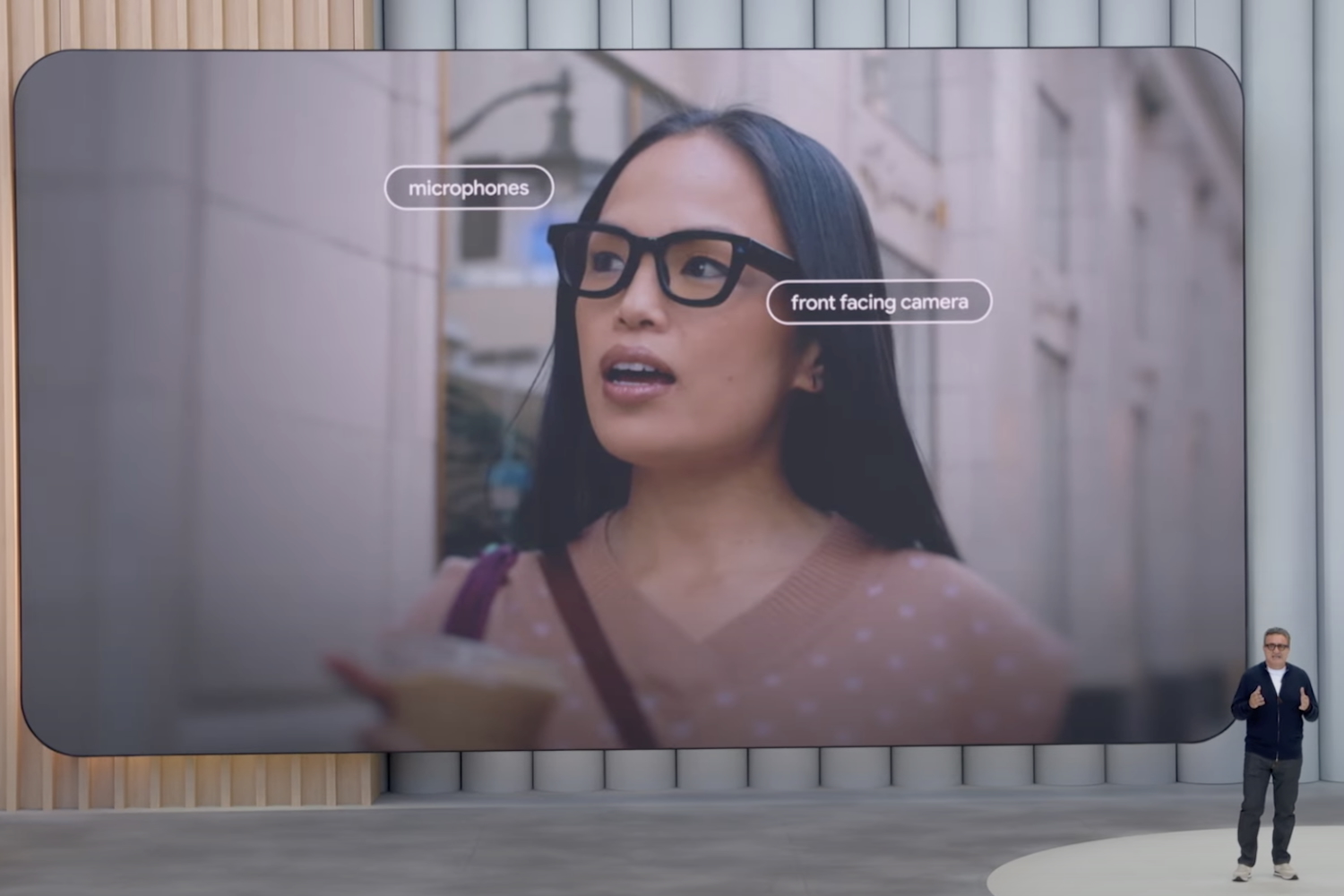 Glimpse of Google's experimental Android XR smart glasses demo at I/O 2025.
Glimpse of Google's experimental Android XR smart glasses demo at I/O 2025.
When I say experimental, I don’t mean it negatively, but rather in a “we’re still figuring this out, but look at our progress” manner. The smart glasses shown were prototypes, at least one live demo didn’t function as intended, and there’s no definitive release date for any of it. It appears Google itself won’t release Pixel Glasses, leaving partners like Warby Parker, Gentle Monster, and Kering Eyewear to navigate that territory.
Project Moohan, an Android XR headset developed with Samsung, remains largely a rendered image on a screen, aside from a few limited demos. However, Android XR was demonstrated in various ways, offering an early glimpse into the team’s behind-the-scenes work. It felt experimental because I sensed the demos were precisely what engineers are currently tinkering with in their labs. This isn’t a criticism; it’s what I find compelling to see from Google innovation.
If or when Apple unveils a pair of smart glasses, it won’t be a “look at me” demo. It will be because they are nearly ready for market. Rumors about such a product exist, but that’s all. We know with certainty that Google will be behind a new wave of smart glasses arriving… sometime in the future. We’ve known this for a while, due to its evident pleasure in showcasing what the future of technology might hold. Apple, in contrast, will inform us when the future has arrived, and not a moment sooner.
Navigating Two Distinct Innovation Philosophies
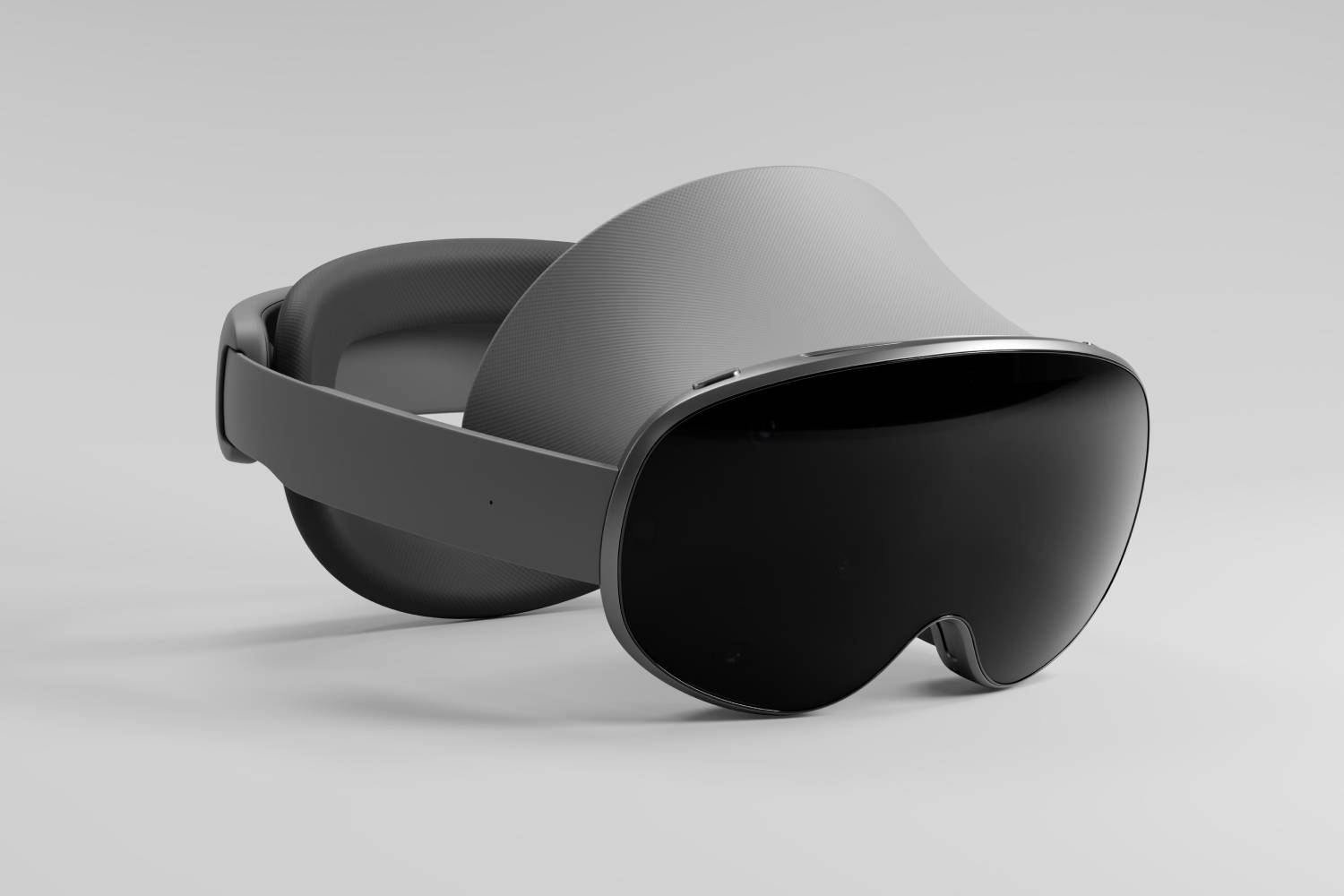 Render of Samsung's Project Moohan XR headset, part of Google's Android XR ecosystem.
Render of Samsung's Project Moohan XR headset, part of Google's Android XR ecosystem.
While I don’t believe Apple is currently prioritizing Google Beam-like devices, it should be closely observing Google’s advancements with Android XR. I left the I/O keynote wanting both a Project Moohan headset and a pair of Android XR smart glasses. I’ve never experienced the same desire for the Apple Vision Pro, which I attribute to Apple’s failure to build as compelling, accessible, and enticing an XR platform and product range as Google has teased.
This is where Google’s approach arguably excels over Apple’s. I can see Google’s plans, and while I’m unsure if they will fully execute them (or even commit long-term), I’m eagerly anticipating the future and excited to see how these early-stage products evolve into devices I can buy. Google appears agile, daring, and willing to take risks, regardless of the consequences. I’m aware that a portion of what I see (and imagine) may never reach me, or that exciting projects might falter or be canceled. Project Jacquard comes to mind, as I never had the chance to try one of the Levi’s jackets before the project ended.
Less chaos, more predictable order
Does Google’s transparency about its experiments sometimes lead to disappointment? Yes. Is that worse than being entirely unaware of Apple’s future projects, beyond a few rumors? It’s a mixed bag. Apple’s product finality is preferable in many ways. I don’t enjoy being teased without a payoff. I want to see something new and cool, then be informed about its release date and price. Yet, simultaneously, I’d love to peek inside Apple’s headquarters, even if some of what’s revealed turns out to be merely a tech showcase.
The Google I/O 2025 keynote was far more compelling than those of recent years, leaving me more conflicted than ever. Do I prefer Google’s openness, with the understanding that some innovations might never materialize, or Apple’s no-nonsense, carefully curated previews, which keep expectations grounded? Less chaos, more predictable order. Ultimately, I find myself unable to choose between these distinct approaches to product development, and I suspect I appreciate elements of both.




